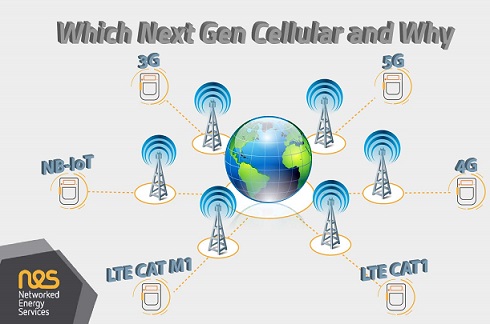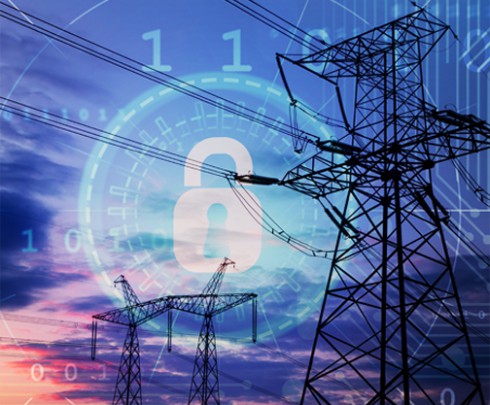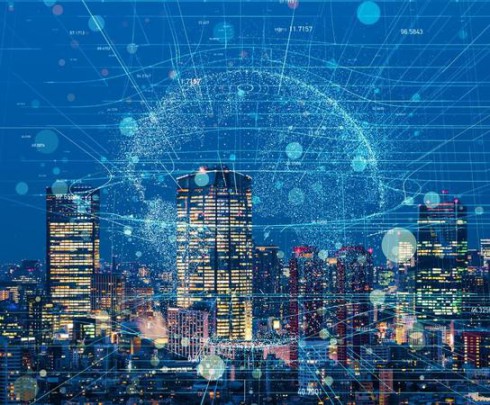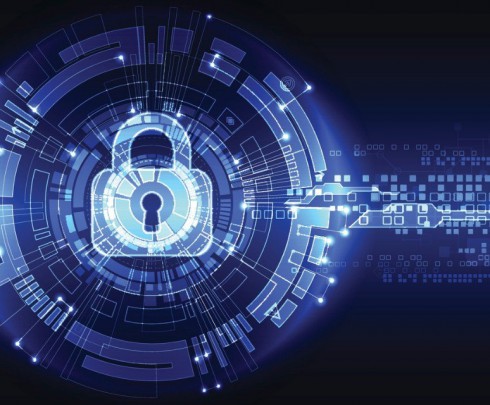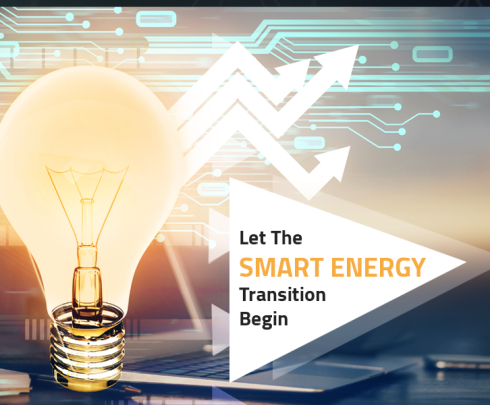
Let the Smart Energy transition begin…
Feb 08, 2023The smart energy
transition is going to require more than a
strong vision to achieve the ambitious goals and objectives defined in global
directives and initiatives, such as the European Commission’s Clean Energy Package
(CEP), US Green New Deal, the European Green Deal, and the Paris Climate
Agreement.
While these initiatives
do a great job of setting high-level
objectives to address climate and energy concerns, we need investment,
planning, infrastructure, and hard work to drive us forward in the smart energy
transition.
A key component of the current energy
transition is to build on the foundation that some smart metering systems can
provide.
Investing in smart energy foundations
We are starting to see a trend toward
leveraging smart metering investments beyond core billing applications where Advanced
Metering Infrastructure (AMI) Systems can also be utilized for:
- Load conservation
- Demand management
- Loss reduction
- Renewables and distributed generation integration
- Low voltage network monitoring
- Phase balancing
- Transformer optimization
- Outage and restoration management
- Energy pricing and payment options
- Ability to address other energy transition concerns
However, Distribution System Operators (DSOs),
who are responsible for operating and maintaining the low-voltage
grid, may need to make further capital outlays to leverage their previous
investments to assist with the smart energy transition. Simultaneously, DSOs need to operate their businesses
profitably and cannot excessively spend money without a return to their
investors.
For two decades, the industry has been
promoting the smart energy transition. However, most utilities, due to
regulation, policy, and other business issues, have not appropriately acted and
prepared for it. They are not ready for this transition. Unfortunately, this
situation does not have a quick fix.
Consumers, communities, and businesses in
many countries have invested in distributed generation and
renewables, such as solar or wind generation, but learn from their DSO that the
distribution grid is not able to connect and accept their feed-in renewable
energy. Many distribution networks
simply do not have the capacity and/or intelligence to manage integration with
distributed generation.
Knowledge is key in driving the smart energy
transition
Frequently, DSOs lack information regarding the
low-voltage grid
including operating data at the secondary distribution transformer level and at
the feeder level. Even if they can collect key data, DSOs do not
possess the organizational structure
to utilize it.
There is often a separation of objectives
between the metering department and the operations team responsible for the
distribution network. Traditionally, operations have been focused on medium and high-voltage
networks. As a result, utilities have not prepared for the significant changes in dynamics
associated with the low-voltage
distribution network.
For example, DSOs may now be experiencing streets
or neighborhoods with multiple consumers that possess electrical vehicles
and/or photovoltaics (e.g. solar panels). Obviously, the distribution grid was
not originally designed to support these new use cases. However now, the focus needs
to include the low-voltage distribution network because that is where
renewables and distributed generation are being introduced.
While the various
country and regional directives may assert that consumer and community rights
need to be assured, such as the ability to generate energy, feed-in energy, and
sell energy, many distribution networks are not able to support these new
technologies.
Customer Service
It is important for DSOs to ensure a high level of
reliability and service to their customers. This becomes more challenging with
the addition of renewable energy sources, electric vehicles, and distributed
generation.
Smart metering systems can help improve
reliability and address low-voltage network issues. While
many DSOs have
installed smart meters, they implemented their system mainly for meter reading
and billing support, not to provide insight into the distribution grid.
In addition, not all smart metering systems are able to provide visibility and
intelligence about the energy flows and power quality information
associated with the distribution network.
Advanced technology solutions
The NES smart metering system is one solution
that can provide the needed advanced intelligence and functionality for this
energy transition. DSOs that have
deployed the NES AMI System can use smart meters as intelligent low-voltage
distribution sensors providing extensive data and statistics about energy flows
and power quality data. This includes detailed information about grid topology,
power outages, equipment failures, transformer and phase imbalances, import and
export energy flows, power quality data, and much more.
The NES System can utilize this data
to highlight trends and identify changes in the grid before they become a
problem, as well as help consumers better manage their energy use and costs.
The solution can also provide visibility of the low-voltage grid topology and
connectivity, as well as deliver measurements from within the low-voltage
grid.
With the availability of information from the
low-voltage
grid, NES smart grid applications can process and analyze this
information and provide timely actionable insight. This grid visibility and
information can be used by DSOs to better prepare for the smart
energy transition, as well as improve operational processes and have a positive
impact on the quality of service for their consumers.
About the Author:
Larry Colton is Director of International Business Development and Government Affairs and has been working with utilities and smart grid vendors for more than 25 years. He is a licensed Professional Engineer and certified Project Manager, has received several patents, and participates in industry working groups, including IEC, ETSI, ANSI, IEEE, NEMA, EU Smart Metering and Smart Grid groups associated with the development of public and industry standards.





